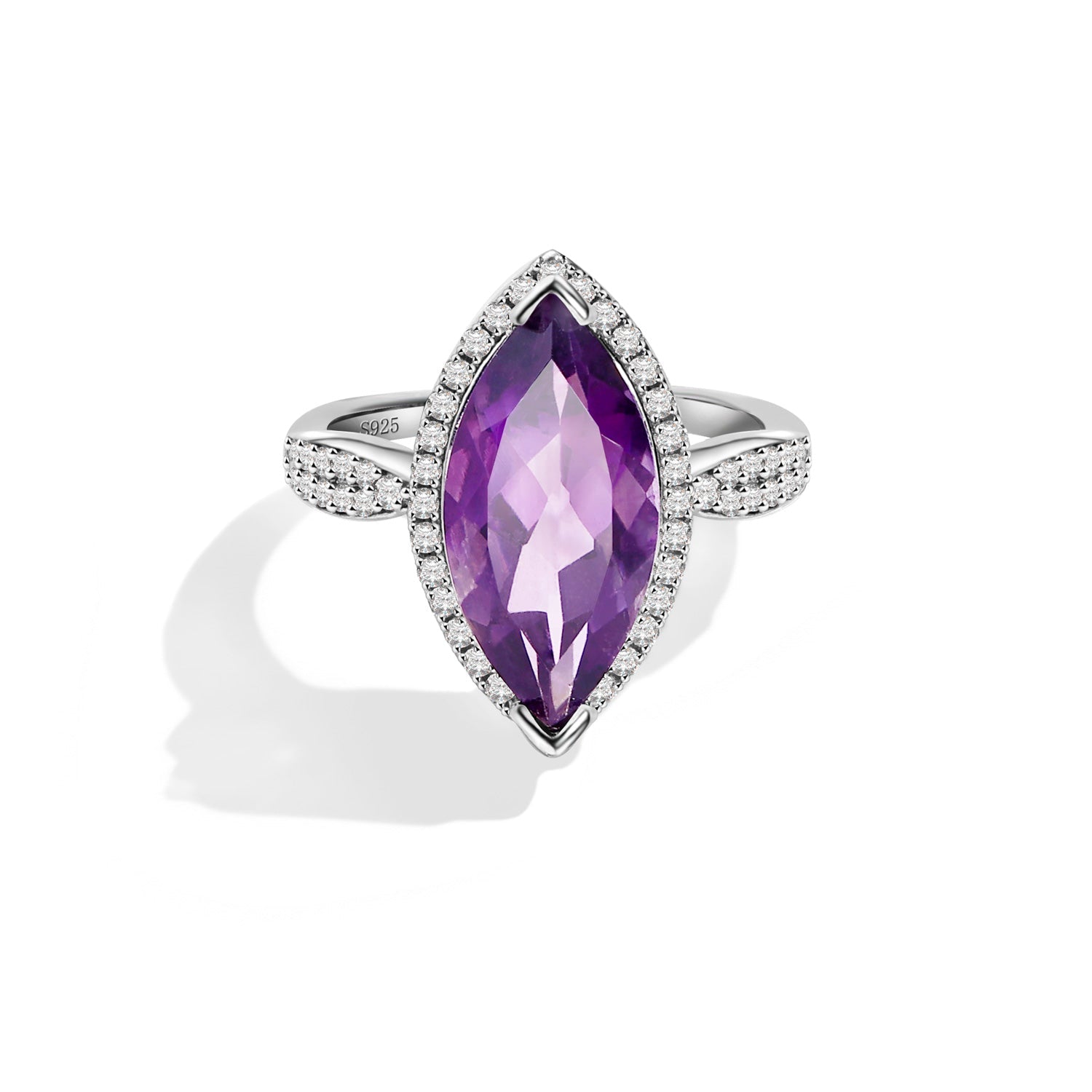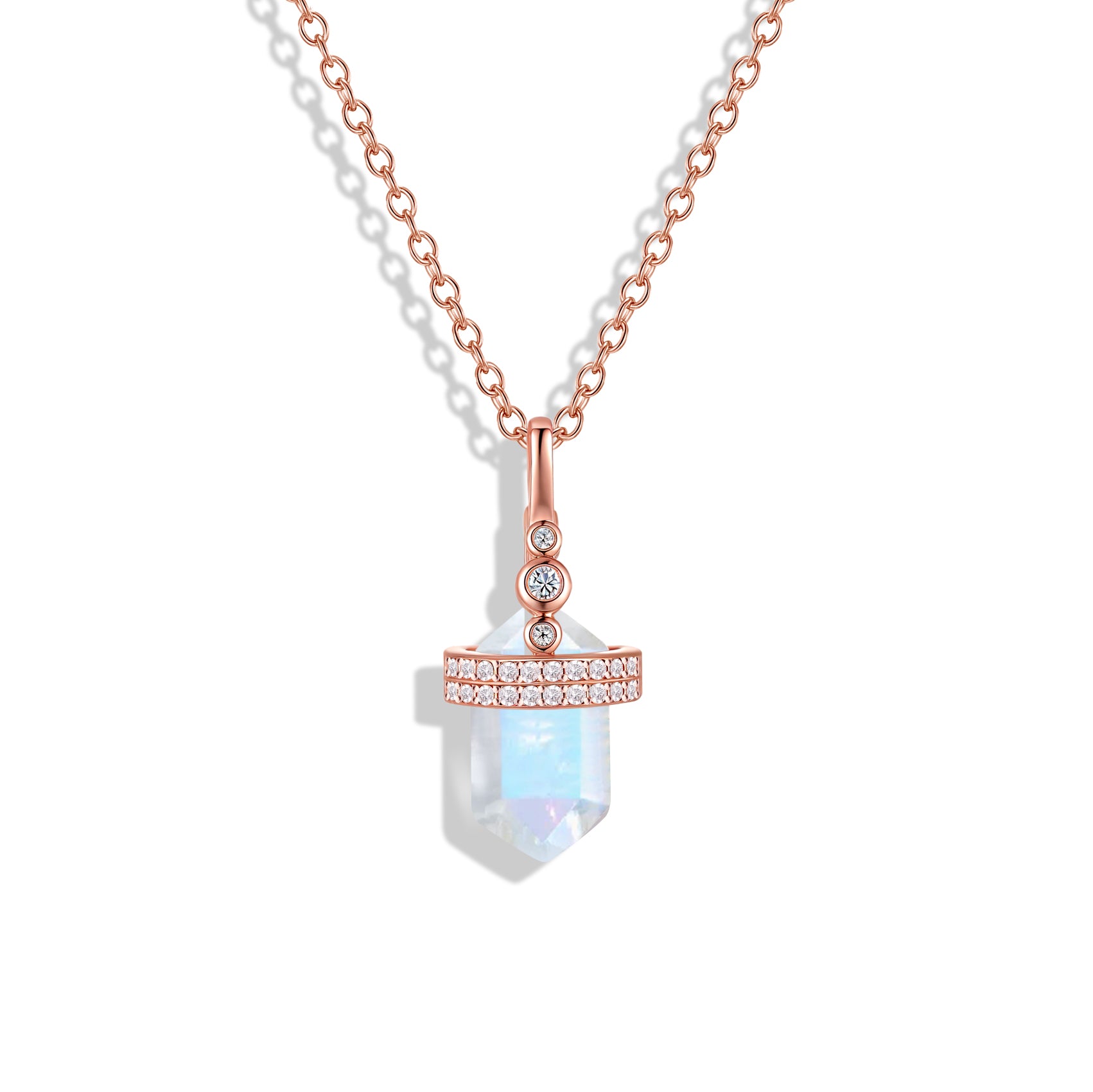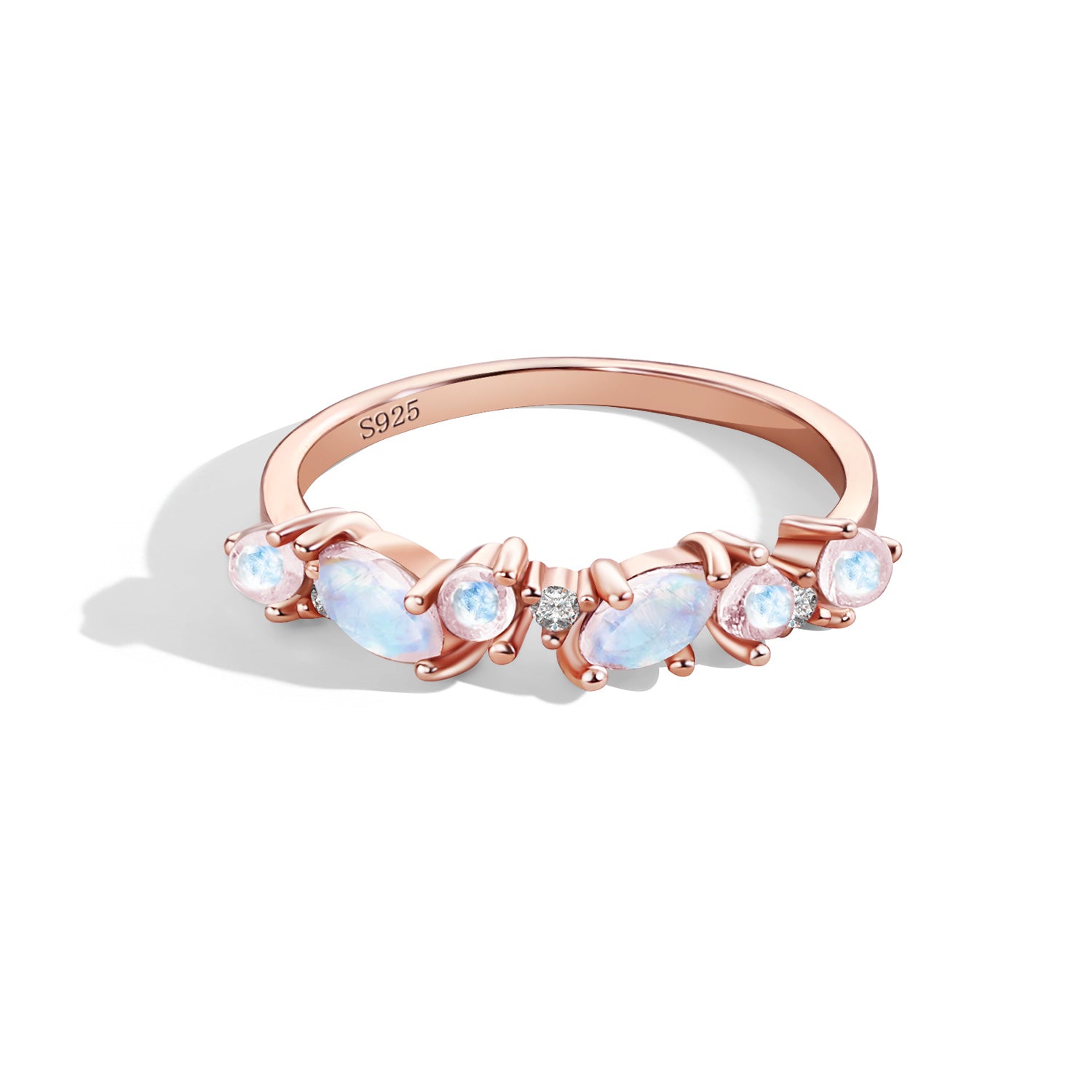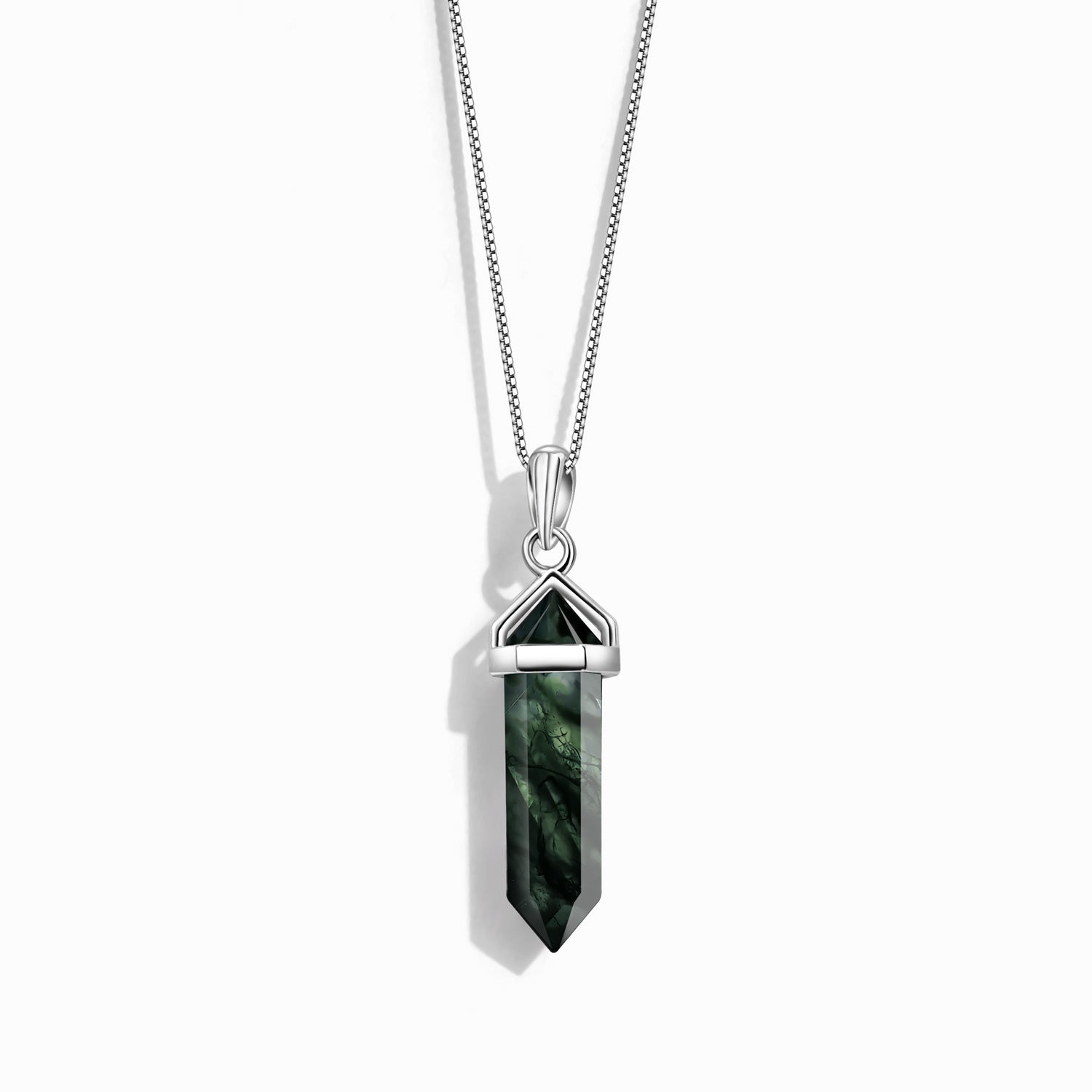What is Lapis Lazuli?
Lapis lazuli is an ornamental semi-precious stone that is popular for its distinctive blue color. The word “lapis” is Latin for stone, while lazurite is derived from the ancient Persian word “lazhuward” meaning blue. It mostly comprises sulfur-based minerals like blue lazurite, white calcite, and white-gold pyrite. Other minerals may also be present, but these three are most commonly found inside these stones.
Raw lapis lazuli stones were mined for more than 6,000 years from the limestone caves in Northeast Afghanistan and made their way to other civilizations through trade. Throughout history, many cultures have revered these mystical stones for their vivid color and connection to celestial energy. The ancient Egyptians used to adorn their pharaoh burial masks with lapis lazuli jewelry. During the Renaissance period in Europe, these blue stones were finely ground into ultramarine pigment. Many vases and carvings are still adorned with lapis lazuli crystal decorations until today.
Until now, lapis lazuli has been considered one of the most sought-after semi-precious stones because of the healing properties, spiritual influence, and metaphysical symbolism it provides.


















